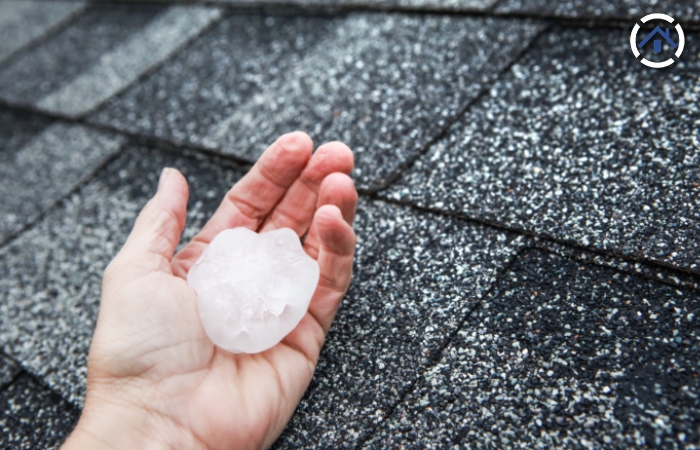
Hailstorms pose a serious threat to residential properties, particularly roofs, often resulting in substantial damage. While the effects of hail may not always be immediately evident, neglecting to address this damage promptly can lead to costly repairs down the line. As a homeowner, it's crucial to promptly identify signs of hail damage on your roof and exterior. But how can you easily confirm if your home has been affected by a hailstorm? What does hail damage on roofs really look like?
In this post, we'll dig into what hail damage really looks like on roofs, siding, and gutters. We'll cover how to recognize these signs easily and discuss the possible problems they can cause. Plus, we'll share some practical tips on how to deal with hail damage the right way.
These are a few indicators that your roof may have sustained hail damage:
Hailstones can leave circular indentations or bruises on shingles. These dents are often concentrated in specific areas and can vary in size depending on the hailstone's impact force.
Hail impact can cause shingles to crack or split, compromising their integrity and waterproofing capabilities. These cracks may be visible upon close inspection and can lead to leaks if left unaddressed.
Hailstones can dislodge the protective granules on asphalt shingles, leaving behind bare patches or areas with reduced granule coverage. This granule loss accelerates shingle deterioration and can expose the underlying asphalt layer to UV damage and moisture.
Severe hail damage may result in the removal or displacement of shingle material, exposing the underlayment or substrate beneath. The exposed underlayment is vulnerable to water infiltration and requires immediate repair to prevent further damage.
Hail can also cause damage to skylights, vent covers, and other roof accessories. Cracks or fractures in these components indicate hail impact and may require replacement to maintain proper functionality.
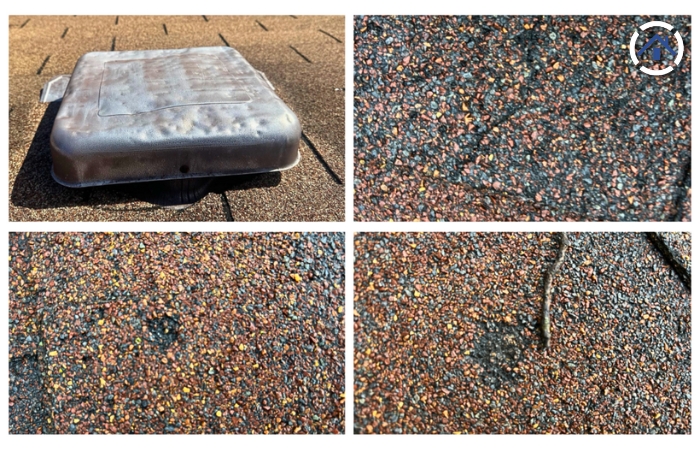
1. Dents and Pockmarks:
Similar to roofs, siding materials such as vinyl, wood, or aluminum can sustain dents and pockmarks from hailstones. These may vary in size and depth depending on the intensity of the hailstorm.
2. Chipped Paint or Finish:
Hail impacts can chip away paint or protective finishes on siding panels, exposing the underlying material to moisture and decay. Inspect siding for areas where the paint has been compromised or flaked off.
3. Structural Distortions:
In severe cases, hailstorms can cause structural distortions in siding panels, leading to warping, bending, or cracking. These distortions not only affect the aesthetic appeal of the home but also compromise its weatherproofing capabilities.
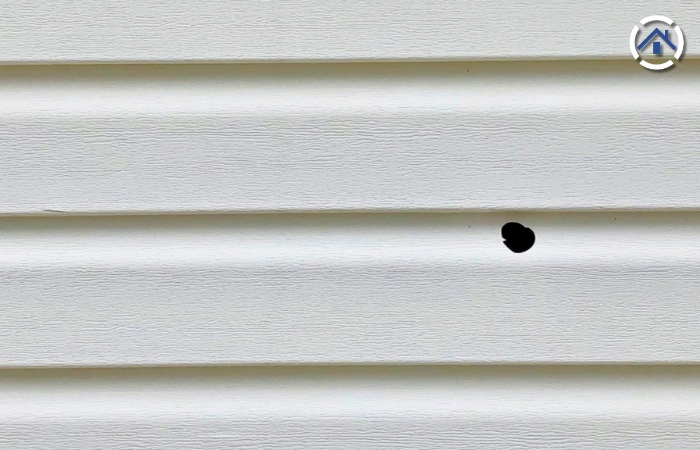
1. Dents and Deformations:
Due to their exposed position along the roofline, gutters are particularly susceptible to hail damage. Look for dents, dings, or deformations along the length of the gutter system, which may hinder proper water drainage.
2. Cracks or Holes:
Hailstones can puncture through gutter materials, creating cracks or holes that compromise their functionality. Inspect gutters for any signs of puncture damage or areas where seams have become separated.
3. Misalignment or Sagging:
Due to hail damage, gutters may become misaligned or start to sag away from the roofline. This can impede the flow of water and increase the risk of water pooling or overflowing during rainfall.
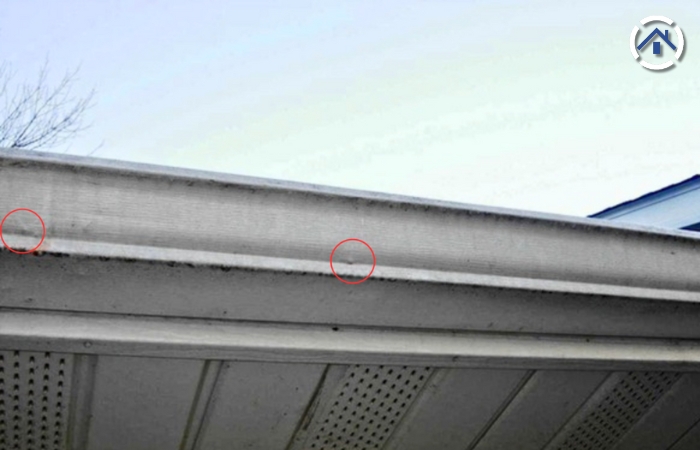
After a hailstorm, it's crucial for home and property owners to seek professional inspection and repair services to assess the extent of the damage accurately and ensure proper repairs are undertaken. Here's why this step is often overlooked but incredibly important:
Although homeowners might notice obvious signs of hail damage, a professional inspection offers a more comprehensive evaluation. Roofing contractors possess the expertise to uncover hidden damage and structural vulnerabilities that may escape untrained observation.
Detailed inspection reports from professionals are essential documentation for insurance claims. Insurance companies typically demand comprehensive assessments of hail damage to process claims effectively, and these professional reports provide the precise documentation needed for accurate claim support.
Inspecting the roof for hail damage can be risky, especially for those lacking proper training and safety gear. Professional roofing contractors, on the other hand, come prepared with the required safety equipment and skills to navigate roofs safely. With their expertise, they can conduct thorough inspections without putting themselves at risk of injury.
Repairing hail damage correctly demands expertise and specific skills. Seasoned roofing contractors possess the know-how to pinpoint the most suitable repair methods and materials, ensuring the roof's integrity is fully restored. Attempting DIY repairs or enlisting inexperienced help could lead to inadequate fixes that fail to tackle the root issues effectively.
Skilled roofing contractors go beyond fixing apparent hail damage; they also tackle underlying issues that could jeopardize the roof's durability. Opting for professional repairs ensures that homeowners receive comprehensive restoration, fortifying their roofs to withstand future hailstorms better.
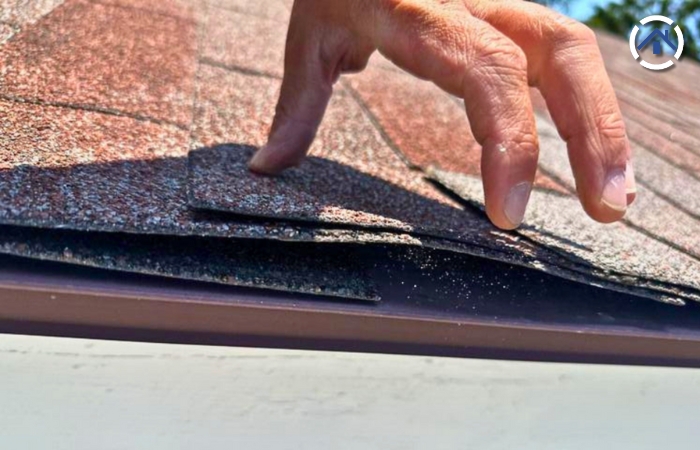
Hail damage can have far-reaching consequences for the structural integrity and aesthetic appeal of residential properties. Being able to identify signs of hail damage on roofs and exteriors is crucial for maintaining the integrity of your home and preventing further deterioration. From circular dents and cracked shingles to granule loss and soft spots, recognizing these indicators promptly allows for timely action to be taken. Addressing hail damage promptly not only mitigates the risk of water infiltration and structural issues but also preserves the longevity of your roof.
Moreover, seeking assistance from professionals, such as qualified roofing contractors or home inspectors, is vital for conducting thorough assessments and recommending necessary repairs. This ensures that all hail damage is properly addressed, safeguarding your home against future storms and providing peace of mind.